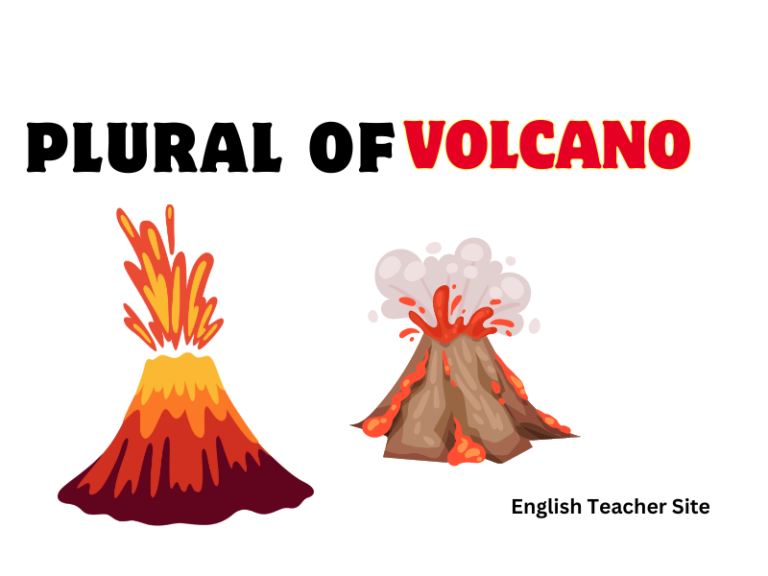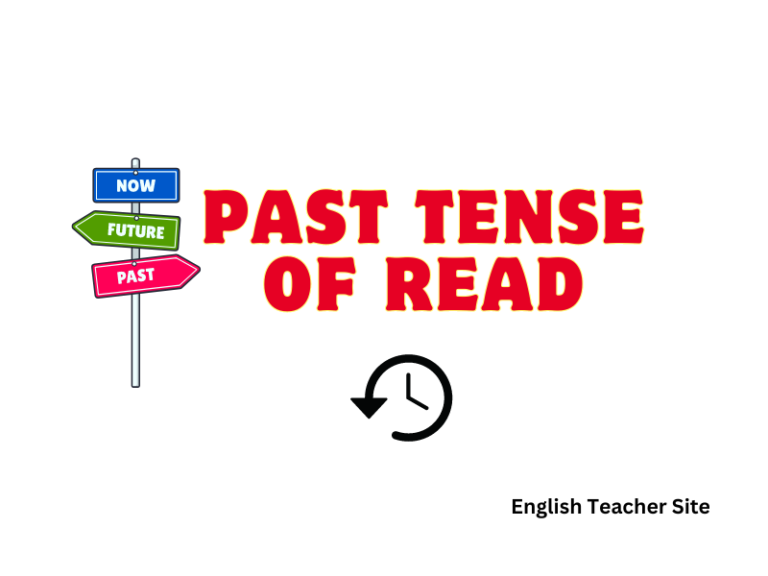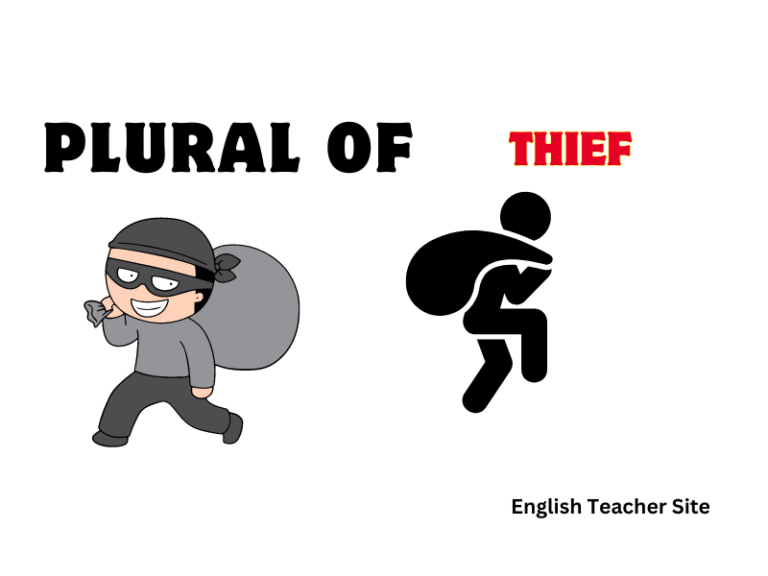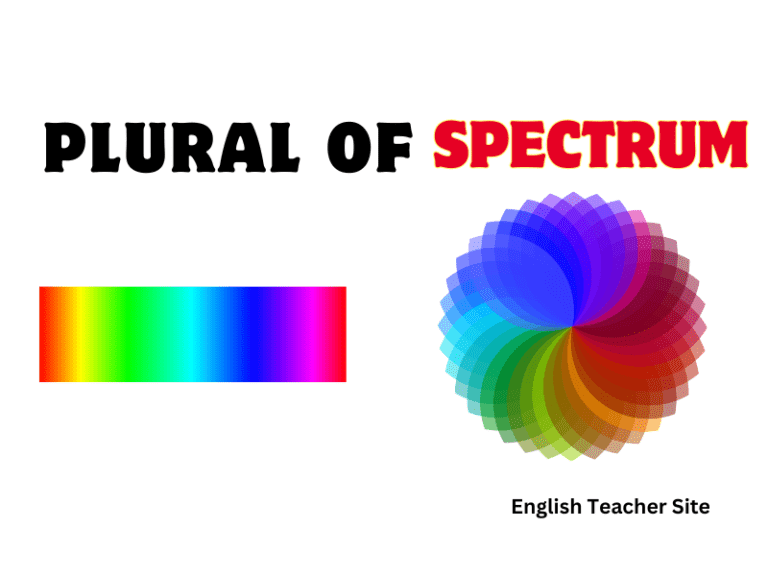Whats the Plural of Cliff: Understanding Regular Noun Pluralization
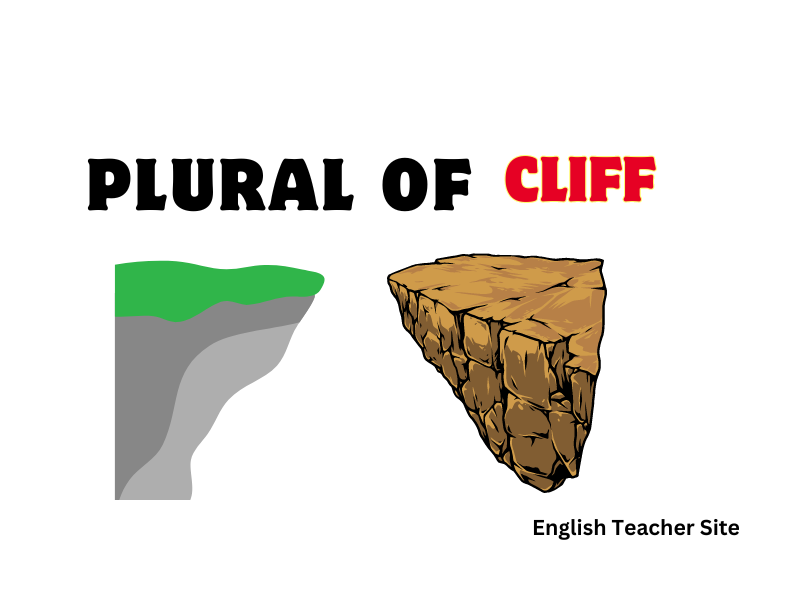
- “Cliff” follows the regular pluralization pattern by adding “-s” to form “cliffs.”
- The plural “cliffs” is used when referring to multiple rock faces.
- Proper pluralization is important for correct English grammar in both speech and writing.
The correct plural form of “cliff” simply adds an “-s” at the end to become “cliffs.” This formation follows the standard rule for pluralizing most nouns in the English language. The usage of “cliffs” can be found in various contexts, referring to more than one steep rock face. It is important to use the correct plural form to maintain proper grammar within written and spoken English.
What’s the Plural of Cliff? Cliff or Cliffs?
- A common rule involves changing the “f” or “fe” to “ves” for the plural form.
- However, this rule has exceptions.
The word “cliff” falls into the category of exceptions. Rather than following the common pattern of words like “knife” to “knives” or “leaf” to “leaves,” the plural of cliff simply requires an “s” at the end.
Regular vs. Irregular Plurals:
| Regular Plurals | Irregular Plurals |
|---|---|
| cliffs | leaves |
| roofs | lives |
| beliefs | thieves |
Regular plurals denote those nouns that follow the straightforward rule of adding an “s” or “es” at the end. Irregular plurals, on the other hand, require a change within the word itself.
Usage in Sentences:
- Singular: She stood atop the cliff, watching the waves below.
- Plural: The climbers navigated the treacherous cliffs throughout the day.
Definition of Cliff
A cliff is a natural formation characterized by a significant vertical, or near vertical, rock face. This topographical feature can be found in a variety of environments, from coastlines to mountain ranges. Typically, cliffs are formed as erosional landforms due to the processes of weathering and the erosive action of water, ice, and wind.
Characteristics of a Cliff:
- Height: A defining feature is the substantial height, which can vary greatly from just a few meters to several hundred meters.
- Steepness: The face of a cliff is typically very steep and can range from a high incline to completely vertical.
- Material: They are primarily composed of rock, but can also consist of ice or earth.
Formation:
- Erosion: Water and wind over time carve out the rock face.
- Weathering: Freeze-thaw cycles and plant root growth can cause rock disintegration.
Examples of Cliffs:
- Coastal cliffs formed by wave action against rock
- Riverine cliffs developed along rivers
- Glacial cliffs carved out by glacier movement
| Environment | Common Features |
|---|---|
| Coastal | Wave action |
| Riverine | River currents |
| Glacial | Ice movement |
Plurality in English Nouns:
- Most singular nouns in English form the plural by adding an “-s.”
- The plural of “cliff” follows this rule, becoming cliffs.
Nouns Ending in –f/-fe
Here are a couple of tables illustrating the rules for forming the plurals of nouns ending in -f and -fe:
Table 1: Nouns Ending in -f
| Singular | Plural |
|---|---|
| cliff | cliffs |
| chief | chiefs |
| roof | roofs |
| belief | beliefs |
In this table, each of these nouns defies the -ves pluralization rule and instead takes on a simple -s to form the plural.
Table 2: Nouns Ending in -fe
| Singular | Plural |
|---|---|
| wife | wives |
| knife | knives |
| life | lives |
| safe | safes |
The nouns in the first three rows follow the traditional rule replacing -fe with -ves, but the word safe represents an exception by merely adding -s.
It’s important to note this distinction as English encompasses an array of irregular plural forms. Here are a few key points to remember:
- Most nouns ending in -f or -fe are transformed into plurals by replacing -f or -fe with -ves.
- A significant number of words, such as ‘cliff’ and ‘roof’, simply take an -s to become plural.
- Always check a dictionary if unsure, as exceptions exist and are common in English.
Cliff (Singular Noun) in Context
A cliff is a singular noun which refers to a singular geological feature. Cliffs are steep rock faces, often vertical, found on coastlines, mountainsides, or edges of a plateau.
Here’s a snapshot of how “cliff” is appropriately used in sentences:
| Sentence Usage | Description |
|---|---|
| Singular | Anita stood at the edge of the cliff and gazed into the distance. |
| Singular | A solitary pine tree was perched precariously on the cliff. |
“Cliff” in Contextual Use:
- Observing a cliff: The explorer marveled at the height of the solitary cliff.
- Describing location: A lone house was built on the precipice of the cliff, overlooking the ocean.
- Action related to a cliff: The eagle soared above the cliff before descending to its nest.
To further emphasize the use of “cliff” in various contexts, the noun can be modified by adjectives to specify a particular type of cliff:
| Adjectives | Use in Sentences |
|---|---|
| Towering | They marveled at the towering cliff that dominated the landscape. |
| Jagged | A jagged cliff rose abruptly beside the river’s edge. |
Cliffs (Plural Noun) in Context
The correct plural form of the noun “cliff” is “cliffs.” This transformation follows a standard rule for pluralizing nouns in the English language where a singular noun ending in “f” typically changes to “ves” or simply adds an “s.” With “cliff,” an “s” is added to form “cliffs,” referring to more than one steep rock face.
Usage of ‘cliffs’ in sentences:
- The hikers enjoyed the panoramic views from the towering cliffs.
- Erosion can cause cliffs to become unstable over time.
- Seabirds often nest on the inaccessible ledges of sea cliffs.
Comparison of Singular and Plural Forms:
| Singular | Plural |
|---|---|
| cliff | cliffs |
Contextual Differences:
- Singular: Jenny stood on the edge of the cliff and watched the waves crash below.
- Plural: The coastline is renowned for its series of dramatic cliffs.
Cliffs, as plural nouns, can also occur within compound nouns:
- Clifftop (singular) – The clifftop garden was in full bloom.
- Clifftops (plural) – Wildflowers dotted the clifftops, creating a vibrant spectacle.
Synonyms for Cliff
Table 1: General Synonyms for Cliff
| Synonyms | Context of Use |
|---|---|
| Precipice | Implies a great height and vertical or near-vertical drop. |
| Crag | Highlights the rocky and rugged aspect. |
| Bluff | Usually refers to a broad, rounded cliff. |
| Escarpment | Describes a long, steep slope separating areas of land at different heights. |
Table 2: Specific Synonyms for Cliff and their Contexts
| Synonyms | Descriptive Context |
|---|---|
| Scarp | A steep bank or slope, less rugged than crags. |
| Palisade | Often used to describe a row of steep cliffs, typically along a river or the sea. |
| Promontory | A high point of land or rock projecting into the sea or other expanse of water. |
Examples of Synonyms in Sentences:
- The hikers carefully navigated the narrow pathway along the precipice.
- A challenging climb awaits those who dare to ascend the rugged crag.
- The small village sat sheltered behind a towering bluff.
- The escarpment offered breathtaking views after a day-long hike.
To complement these synonyms, other words, such as barranca, butte, or tor, may serve similar purposes. Each synonym provides a different shade of meaning or geographical nuance, evoking distinctive landscapes ranging from the arid plateaus of the American West to the precipitous coasts of the British Isles.
Origin of the Word Cliff
Etymological Roots:
- Old English: Clif
- Proto-Germanic: *kliban
| Language | Term |
|---|---|
| Old Saxon | clif |
| Old Norse | klif |
| Middle Dutch | klippe |
| Dutch | klip |
| Old High German | klep |
| German | Klippe |
The term embodies the concept of a significant geological formation and has been utilized in various Germanic languages with slight variations in spelling and pronunciation. The word’s evolution reflects the shared linguistic ancestries of the Germanic language family.
Characteristics of a Cliff:
- Vertical or near-vertical rock face
- Often forms on coastlines, riverbeds, or mountain ranges
- Can vary in size from small rock faces to towering structures
The transition from clif in Old English to the modern English “cliff” showcases the language’s natural development over time. It is an excellent example of how English has preserved its Germanic roots while simplifying spelling for contemporary use. The plural form “cliffs” is used to denote more than one such geological feature, following standard English rules for creating plurals from singular nouns ending in “f.”
The relevance of “cliff”:
- Geological importance: Cliffs can signify tectonic activity.
- Cultural relevance: Many cliffs hold historical and spiritual significance in different cultures.
- Ecological significance: Cliffs often serve as habitats for unique flora and fauna.
The word retains its original meaning, despite centuries passing since its inception.
Sources
Etymonline, cliff.
My name is Khamis Maiouf. I am the creator of the English Teacher Site, dedicated to providing valuable resources and insights for students around the world. With a passion for education and a commitment to helping students enhance their skills, I aim to make English teaching more effective and enjoyable for both educators and students.

